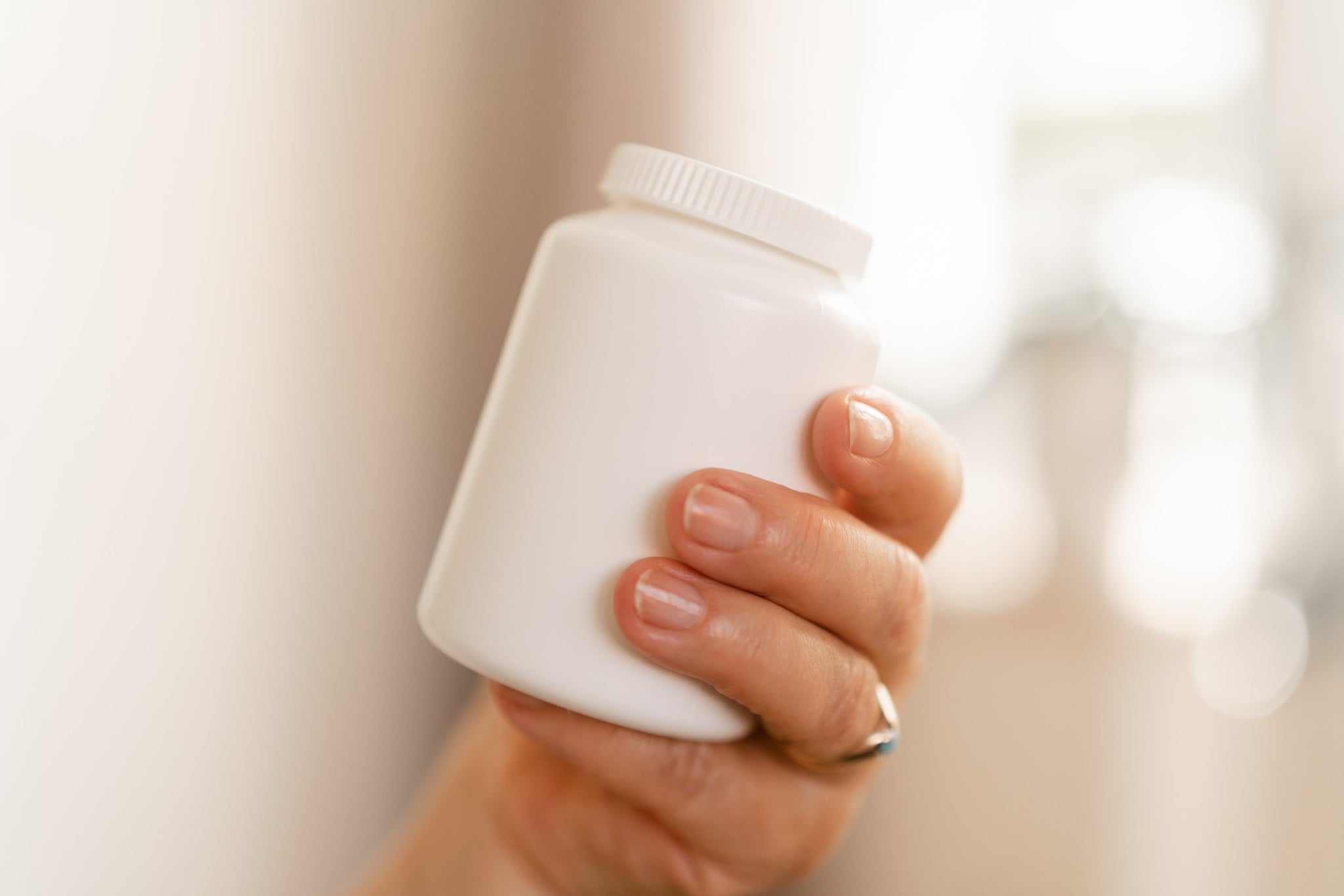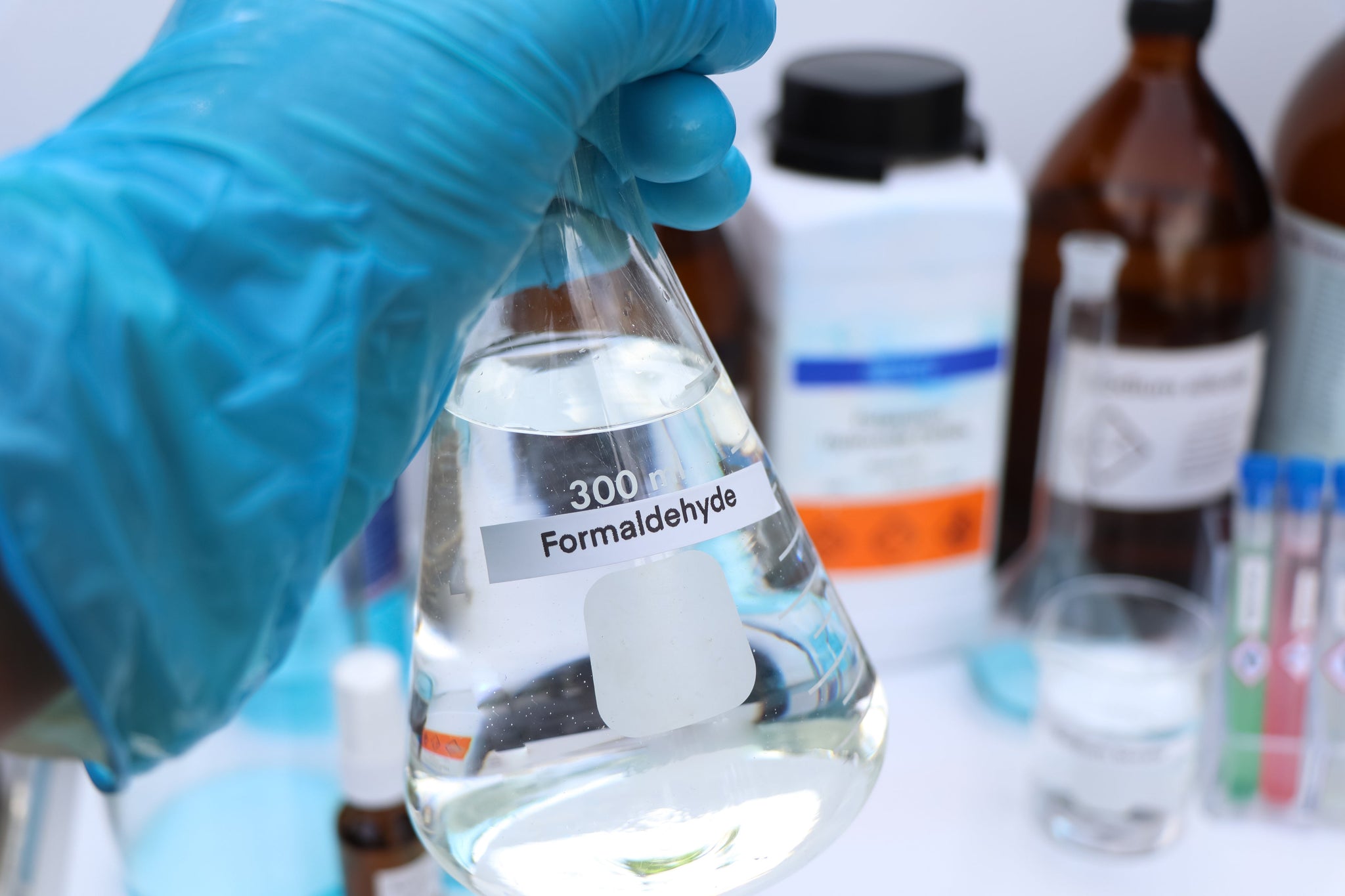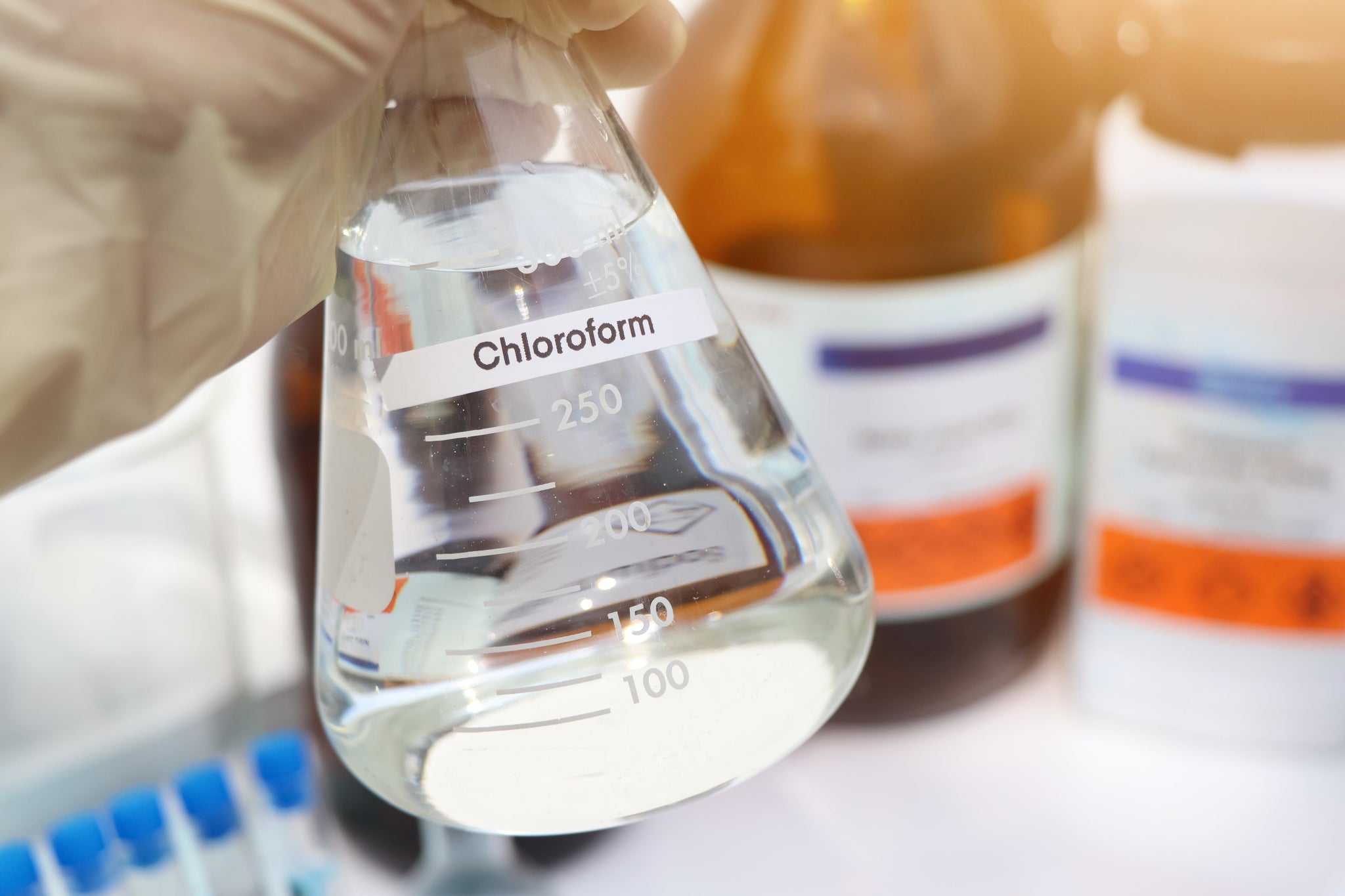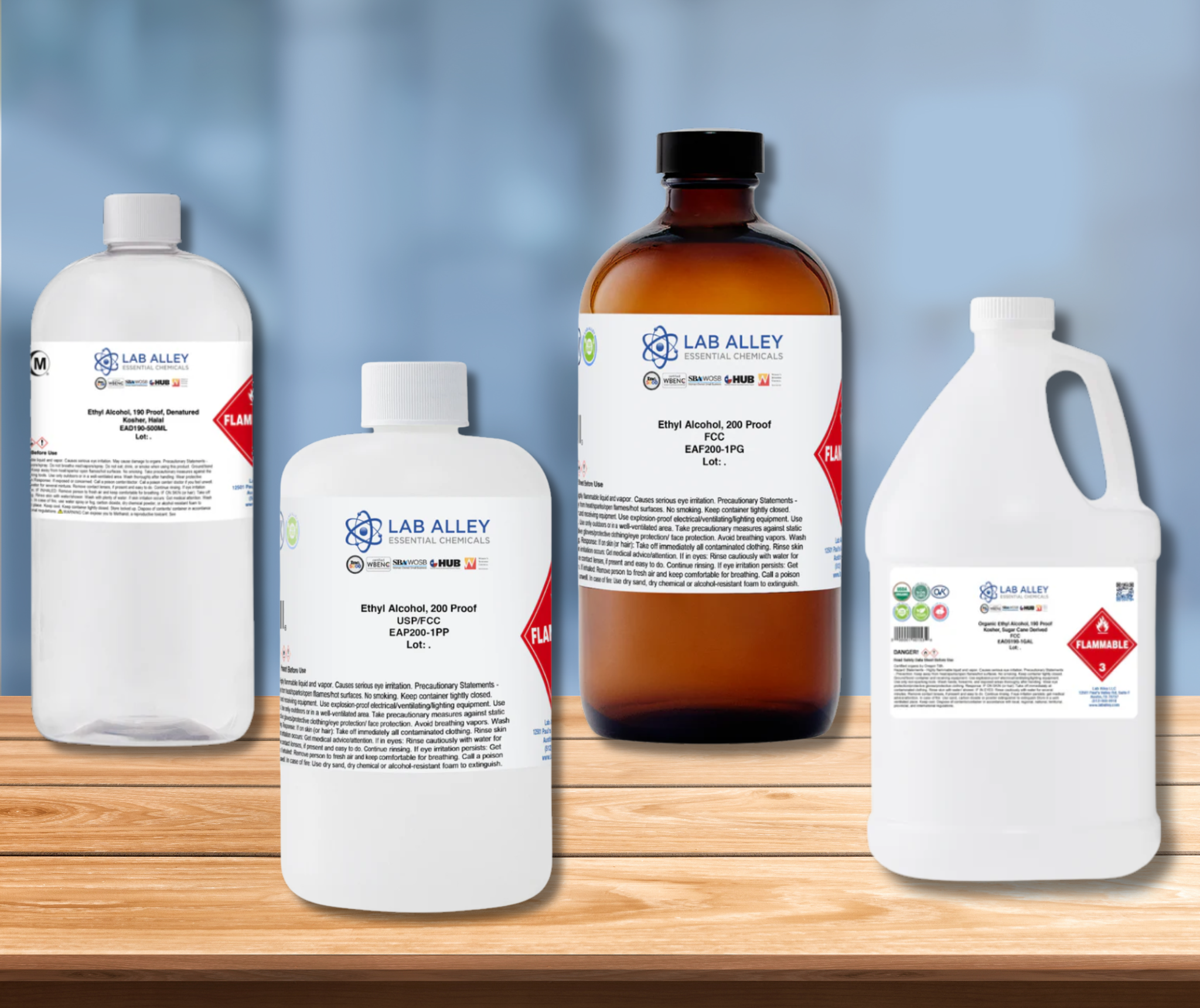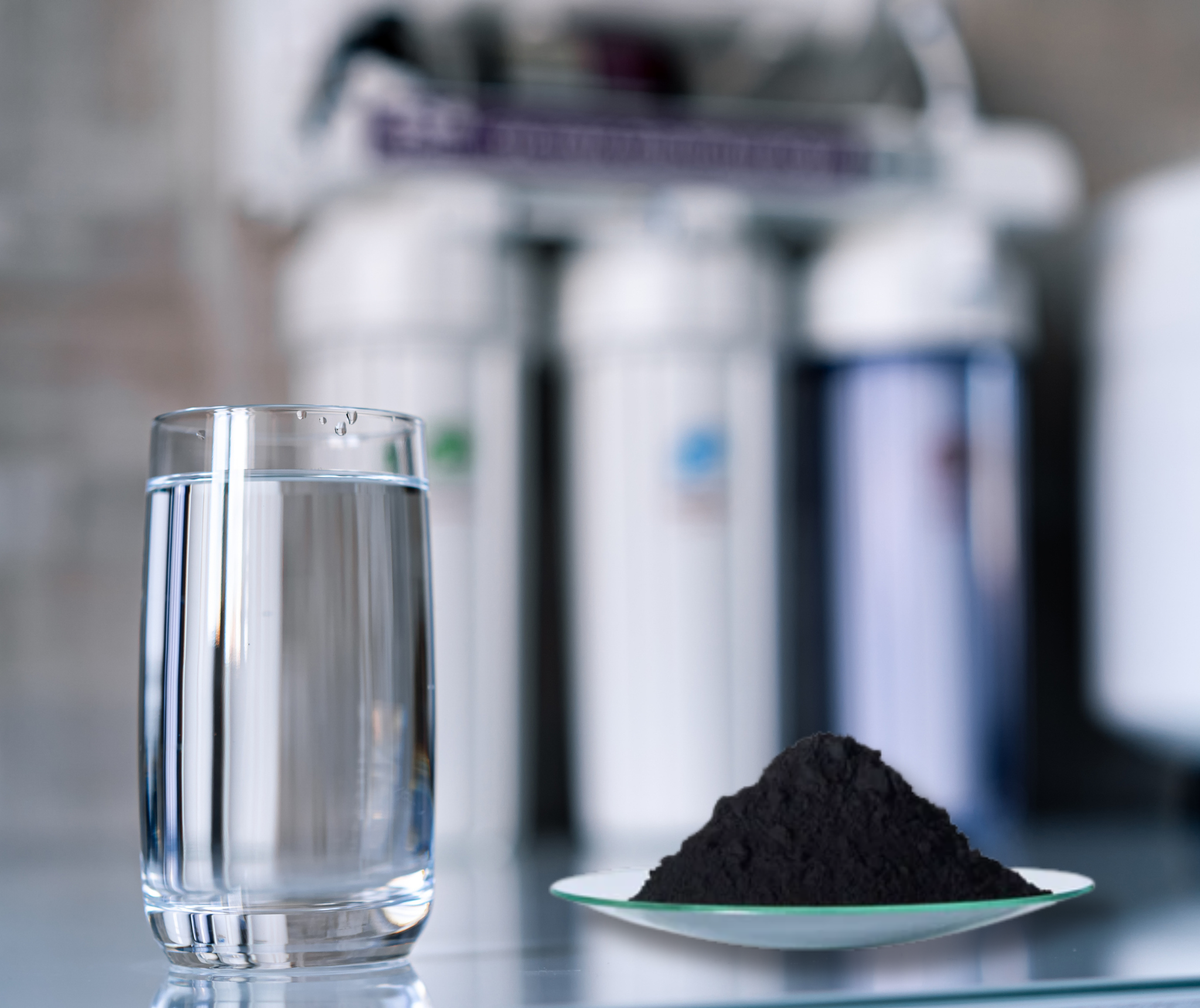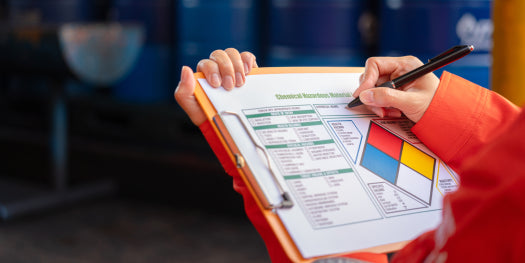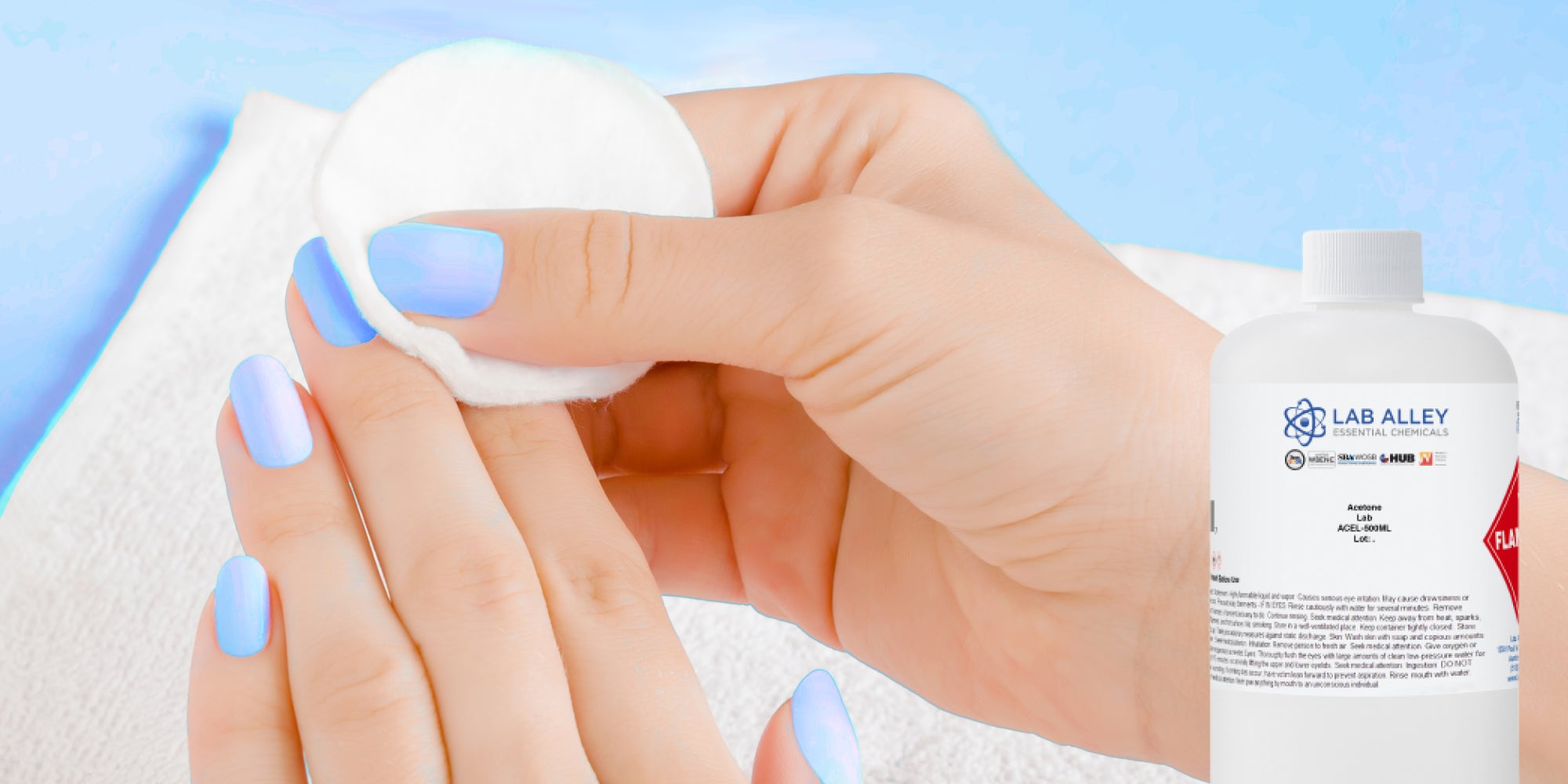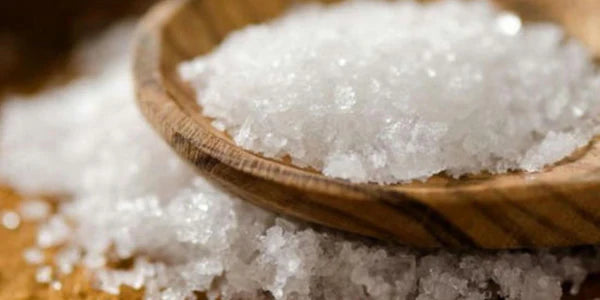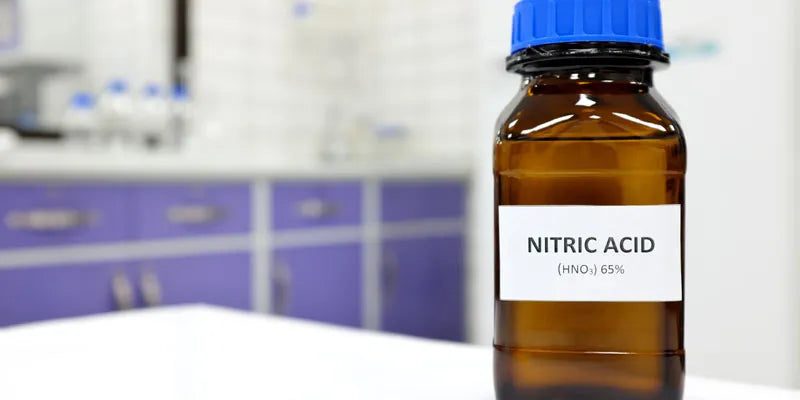Uses & Benefits
Boric acid’s versatility stems from its chemical stability, antimicrobial properties, and ability to act as a buffer, preservative, and flame retardant. It is used across a diverse range of industries, including pharmaceuticals, agriculture, personal care, and electronics - each requiring different boric acid grades and purities.
In the pharmaceutical and medical sector, boric acid plays a vital role. It is used in eye drops and eyewashes as a soothing antiseptic for minor eye irritation. It appears in topical antiseptics, such as ointments and powders for treating skin infections and foot care. As a capsule preservative, it inhibits microbial growth in pharmaceutical formulations. Additionally, it is an essential component in ophthalmic solutions to maintain pH balance in sensitive medical applications.
In industrial manufacturing, boric acid enhances heat resistance and structural stability in glass and ceramics. It serves as a corrosion inhibitor and microbial control agent in metalworking fluids. It is incorporated into flame retardants used in insulation materials, fabrics, and plastics to reduce flammability. Furthermore, it supports lubricants and coolants by providing thermal stability and antifungal action in industrial settings.
For agriculture and pest control, boric acid functions as a micronutrient fertilizer, supplying essential boron to crops for healthy development. It is widely used in insecticides and baits targeting pests like ants, cockroaches, and termites, offering low toxicity to humans. Additionally, it acts as a fungicide to protect crops and stored grains from fungal threats.
Within consumer and household products, boric acid can be found in laundry and cleaning items, serving as a deodorizer, pH adjuster, and mild disinfectant. It is present in regulated amounts in eye care and skincare products for its antibacterial benefits. It is also commonly used in do-it-yourself pest control products, such as powders and traps.
In laboratory and research environments, boric acid is a critical component in buffer solutions used in titrations and biochemical reactions. It is employed as an analytical reagent for precise pH control in experimental processes. Moreover, it contributes to the synthesis of boron-based materials.
The specific type and purity of boric acid required for each application depend on regulatory standards, performance criteria, and safety considerations for the end user.
Lab Alley is proud to be a trusted supplier of high-quality boric acid for professionals, businesses, and consumers across all sectors, providing consistent purity, reliable performance, and fast, nationwide shipping. With a commitment to quality and customer satisfaction, Lab Alley ensures you have the boric acid you need - when and how you need it.
Safety Information
While boric acid is generally considered low in toxicity, it still requires careful handling, especially in concentrated or industrial forms. Exposure risks include skin and eye irritation, respiratory discomfort from airborne dust, and potential reproductive toxicity with prolonged high-dose exposure. Proper safety measures ensure both personal protection and regulatory compliance.
Below is a summary of potential hazards and the recommended precautions for safe use:
Health Hazards
- Inhalation: May cause throat irritation, coughing, or discomfort in dusty conditions.
- Skin Contact: Prolonged contact can result in irritation or rash.
- Eye Contact: Dust or solution may cause redness, tearing, or stinging.
- Ingestion: Toxic in large quantities; may lead to nausea, vomiting, or organ damage.
Important: Long-term exposure to high levels of boric acid, especially in industrial settings, has been associated with reproductive and developmental risks. Always review the product’s Safety Data Sheet (SDS).
Personal Protective Equipment (PPE)
- Lab handling or small quantities: Gloves, goggles, and dust masks if working with powders.
- Industrial bulk handling: Protective clothing, chemical-resistant gloves, full-face protection if dust is present.
Spill, Storage & Disposal Guidelines
- Spill response: Sweep up dry spills gently to avoid dust; use HEPA vacuums for fine material
- Storage: Keep in sealed containers, away from moisture and incompatible chemicals.
- Disposal: Follow local environmental guidelines; neutralize small quantities when appropriate
FAQs

Pictured Above Are 5 Bottles Of Medicinal Oils Derived From Plants
You can order food grade ethanol, extraction grade ethanol, ACS grade ethanol, FCC grade ethanol, USP grade ethanol, HPLC grade ethanol and kosher ethanol from Lab Alley. Perform ethanol (EtOH) extraction at ultra-low temperatures for the best yields.
Ethanol extraction is a cost-effective way to use ethanol as an industrial solvent to produce high quality botanical extracts from large volumes of medicinal herbs or plants.
Pictured Above Are 5 Bottles Of Medicinal Oils Derived From Plants
Related Products
Using Disinfectant Products Safely
Disinfectant products can effectively reduce germs that can make us sick. However, it’s important to know how to use these products safely to prevent accidental poisonings and other serious injuries.
Read ArticlePersonal Protective Equipment and Chemistry
The outbreak of COVID-19, which has been declared a pandemic by the World Health Organization (WHO), has highlighted the vital role of personal protective equipment (PPE) in healthcare settings.
Read Article








